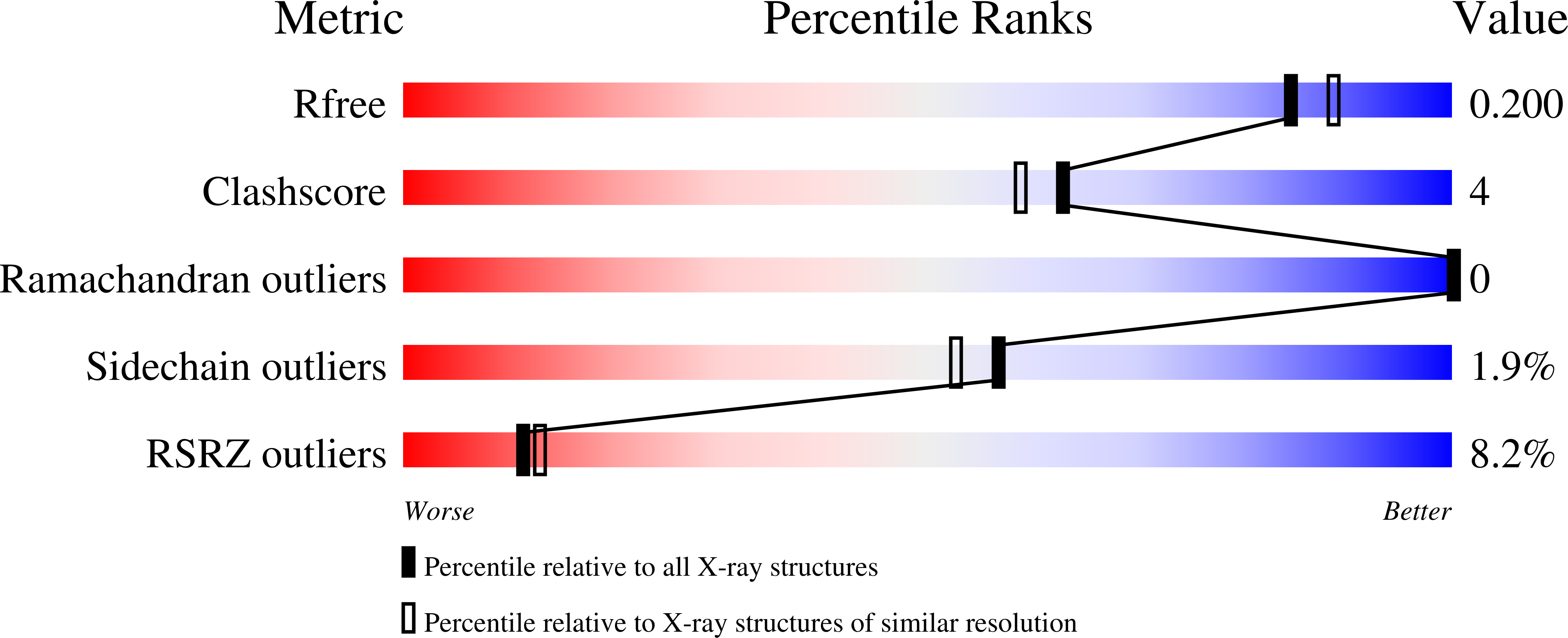
Deposition Date
2021-07-23
Release Date
2022-04-06
Last Version Date
2024-01-31
Entry Detail
PDB ID:
7P8S
Keywords:
Title:
Crystal Structure of leukotoxin LukE from Staphylococcus aureus at 1.9 Angstrom resolution
Biological Source:
Source Organism:
Staphylococcus aureus (Taxon ID: 1280)
Host Organism:
Method Details:
Experimental Method:
Resolution:
1.90 Å
R-Value Free:
0.20
R-Value Work:
0.18
R-Value Observed:
0.18
Space Group:
I 4


